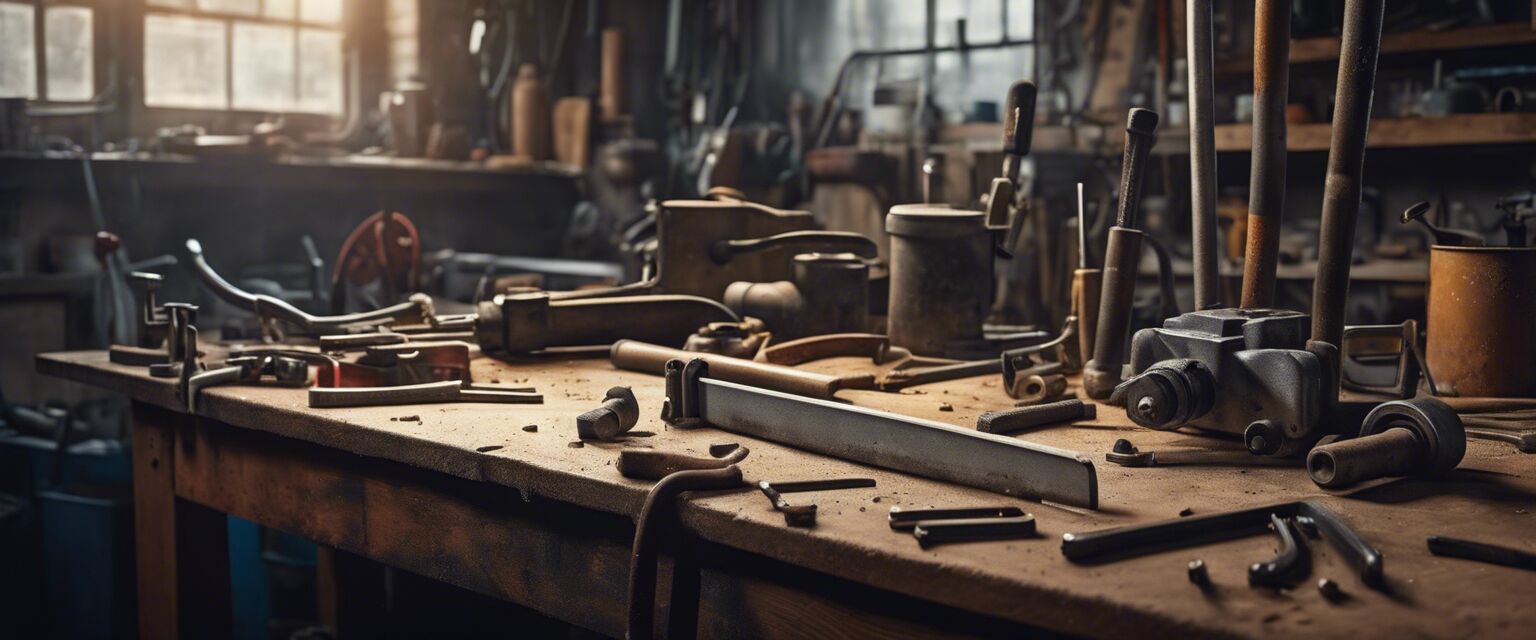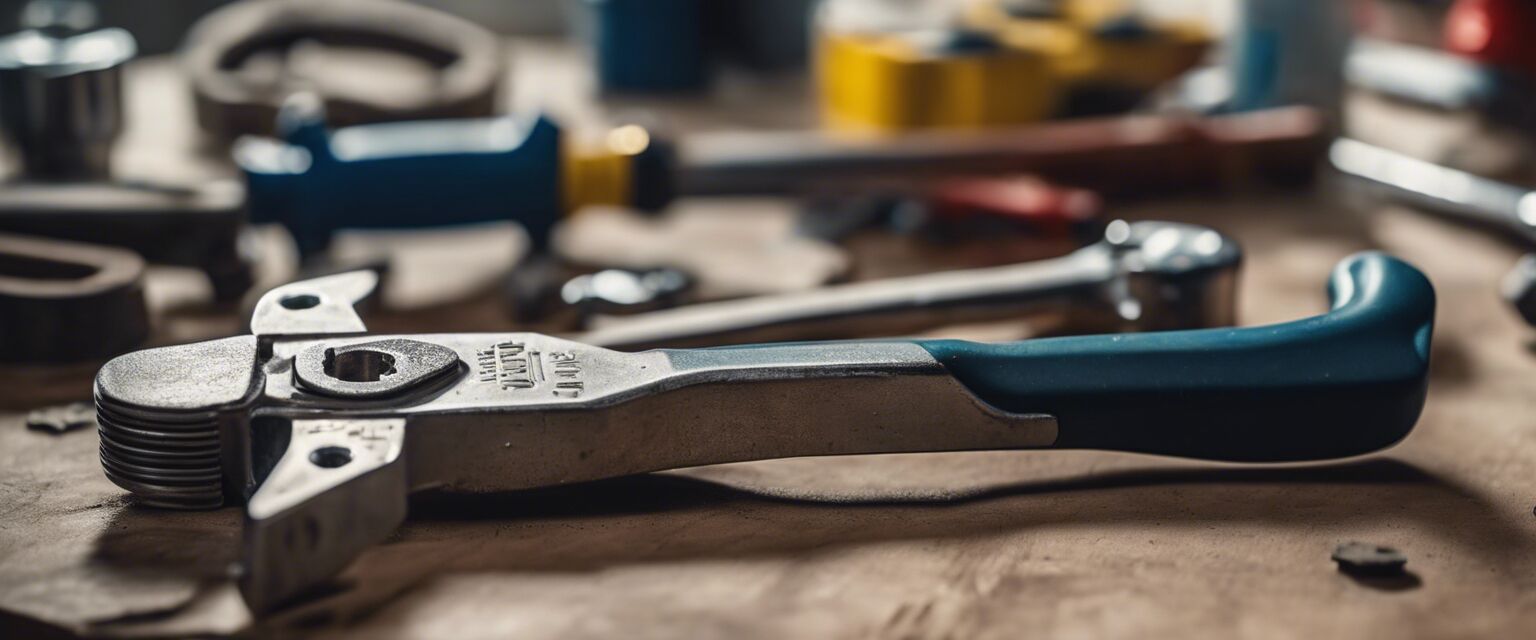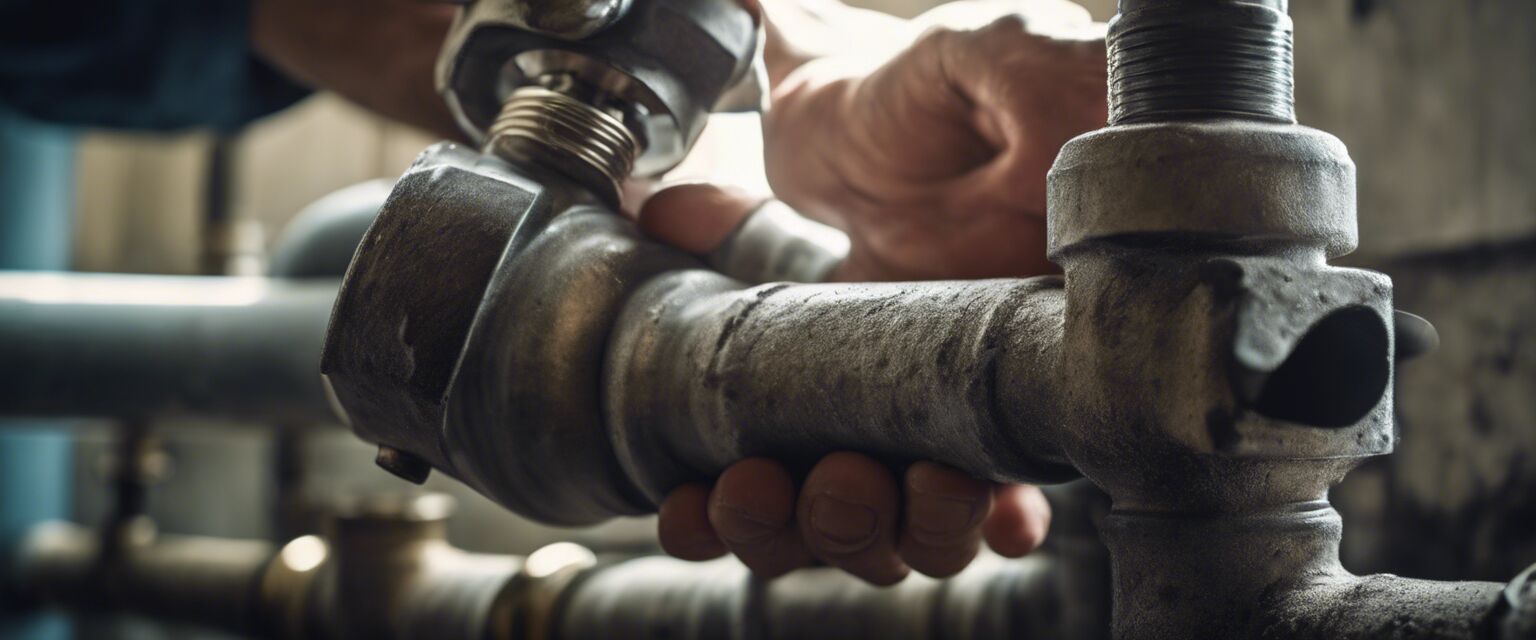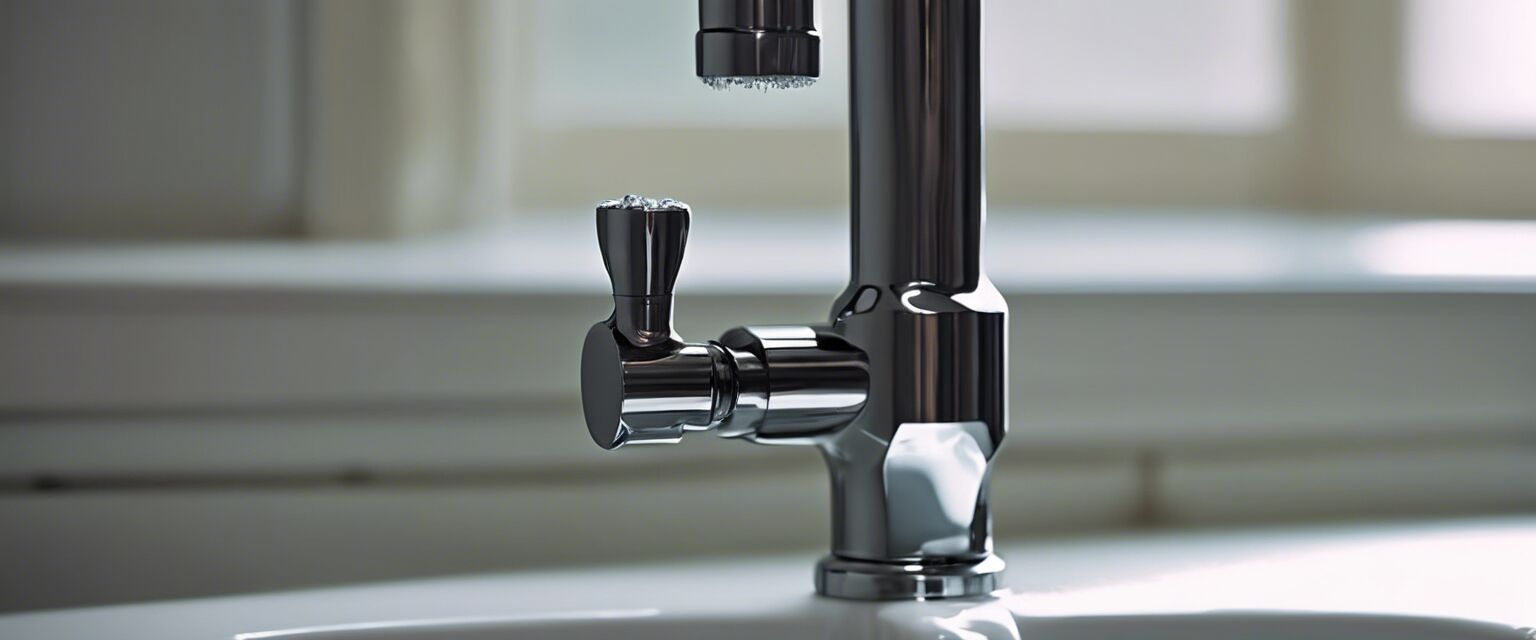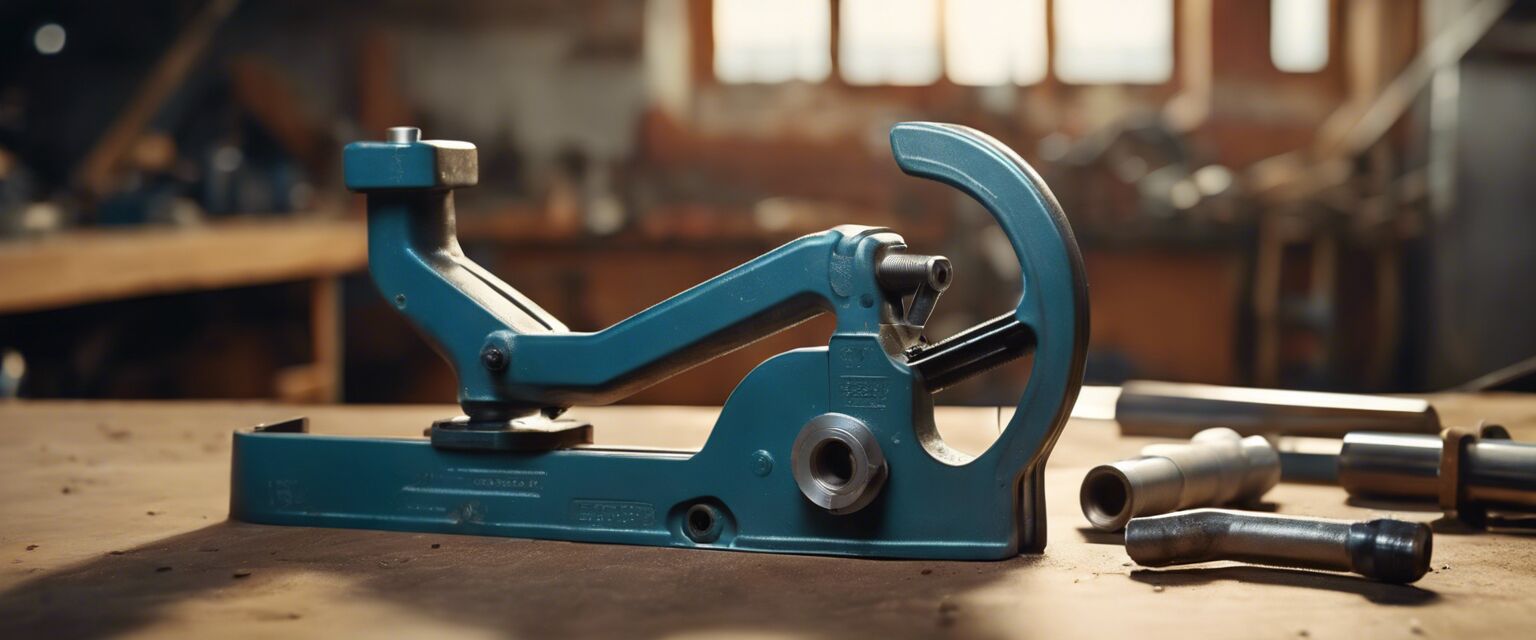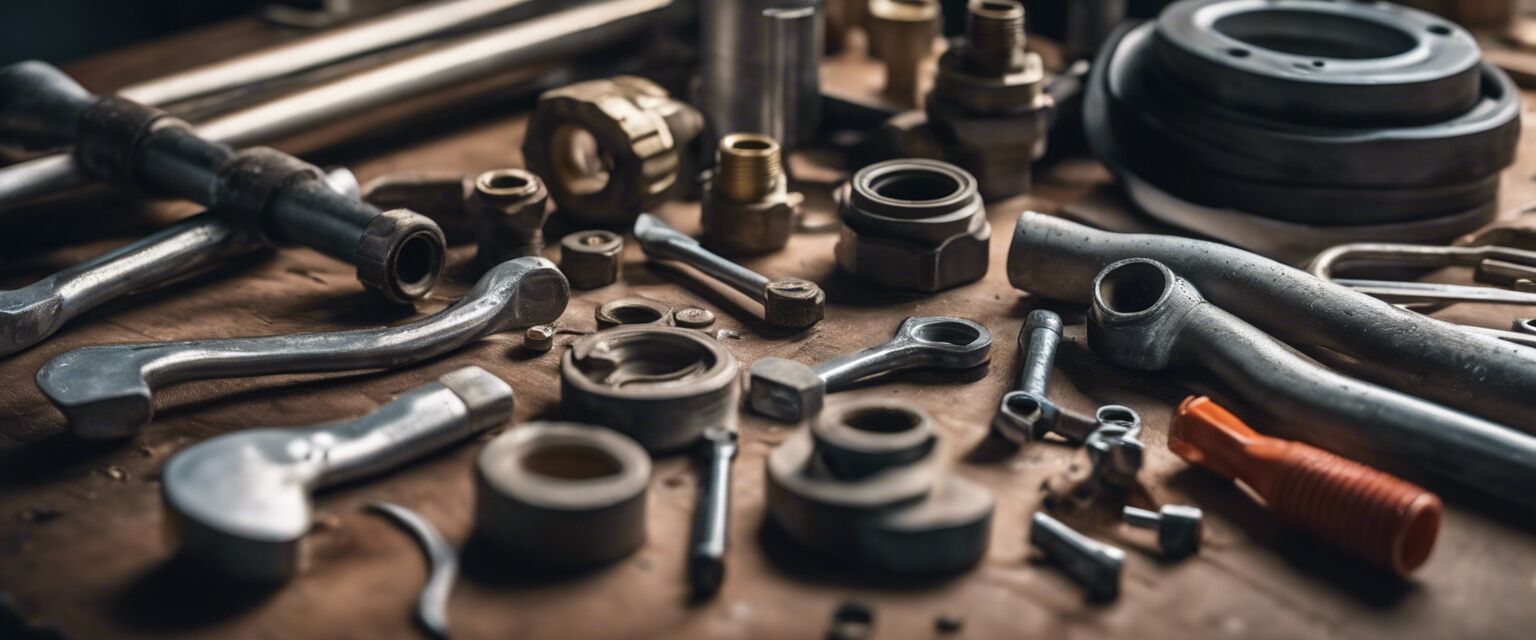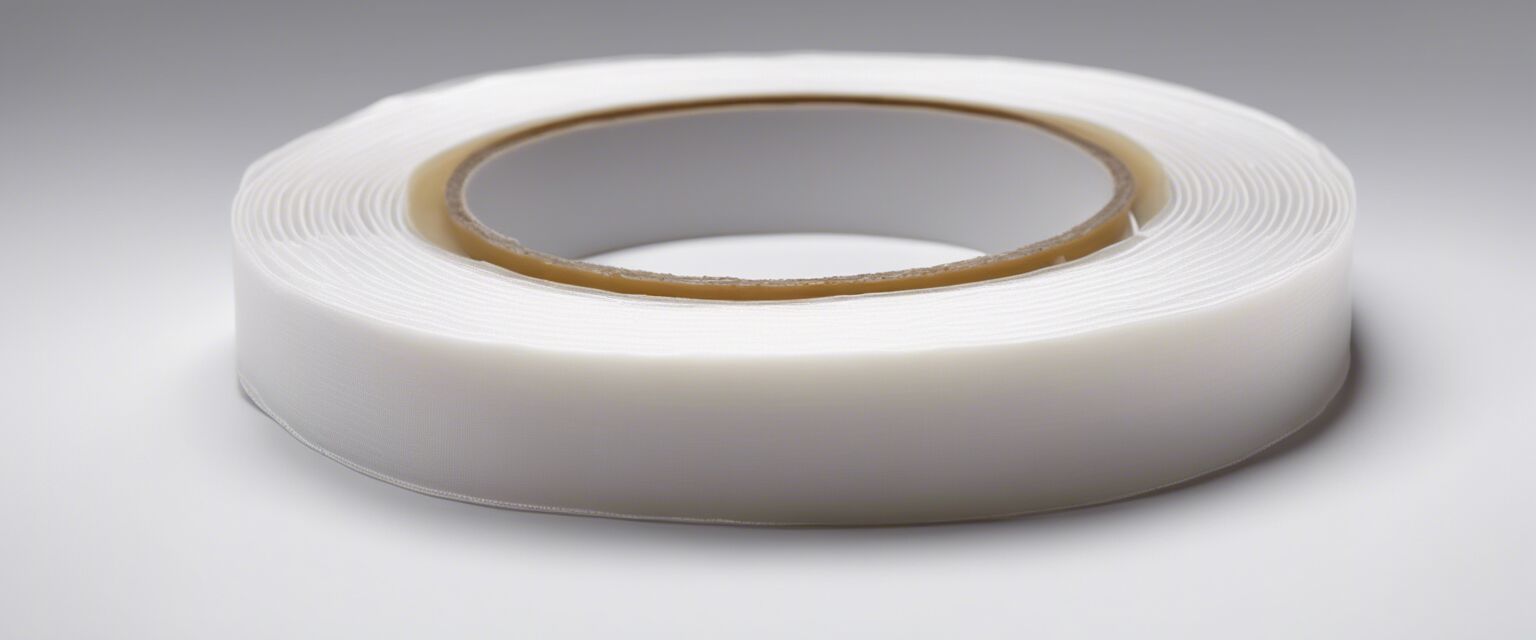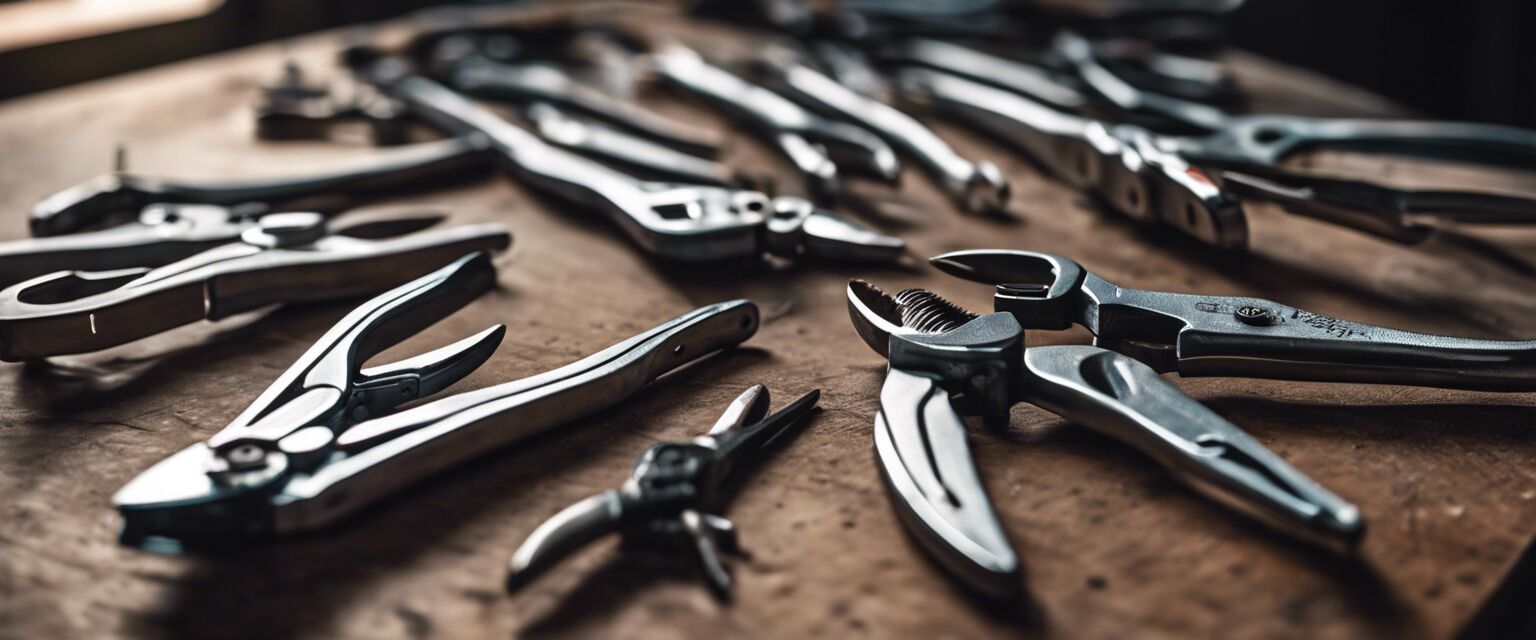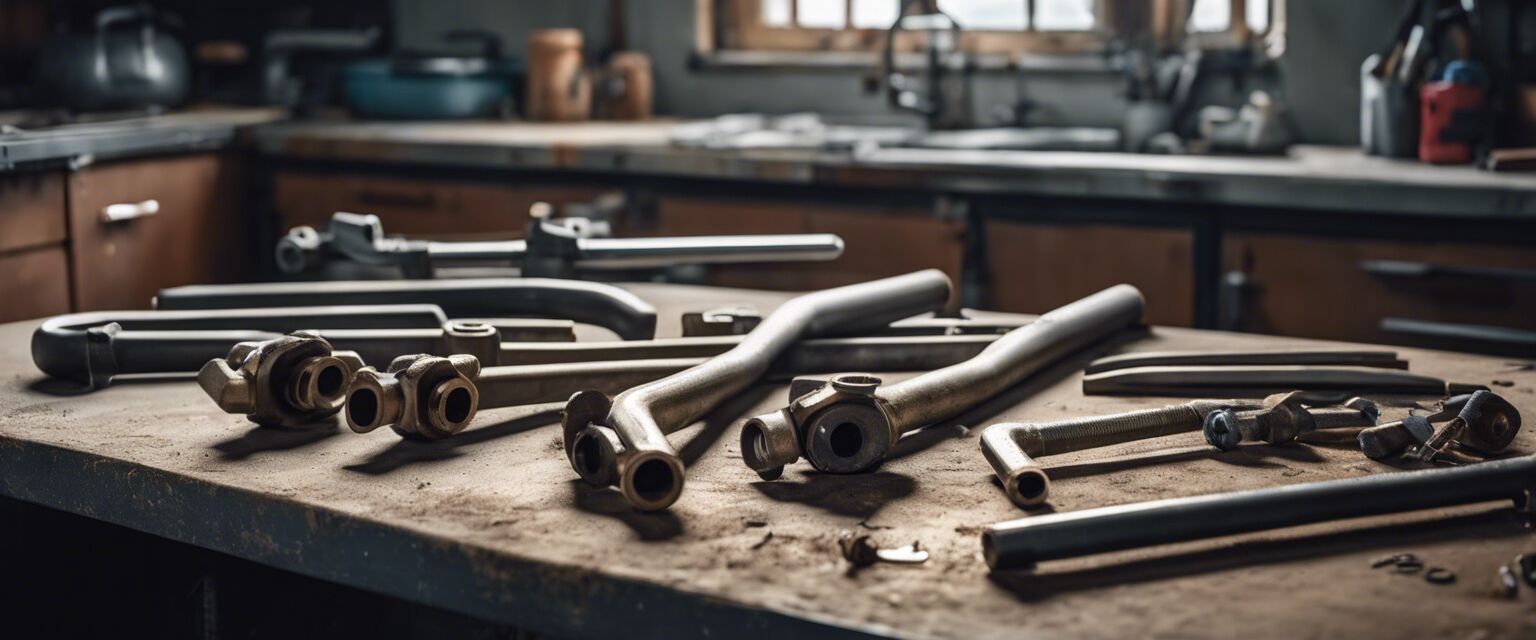
Types of Pipe Wrenches
Key Takeaways
- Pipe wrenches are essential tools for plumbing tasks.
- There are several types of pipe wrenches, each designed for specific applications.
- Understanding different types can improve efficiency and effectiveness in plumbing.
Pipe wrenches are indispensable tools in plumbing, designed for gripping and turning pipes, nuts, and fittings. These tools come in various types, each with distinct features and uses. This comprehensive guide explores the different types of pipe wrenches, their features, and how to choose the best one for your plumbing needs.
Understanding Pipe Wrenches
Pipe wrenches are characterized by their adjustable jaws, allowing them to handle various pipe sizes. They are typically made from durable materials to withstand tough conditions in plumbing tasks. Here are the main types of pipe wrenches:
1. Standard Pipe Wrench

The standard pipe wrench, often referred to simply as a pipe wrench, is designed for gripping round objects. The serrated jaws provide a firm grip without slipping.
Features of Standard Pipe Wrenches
- Adjustable jaw for different pipe sizes.
- Suitable for heavy-duty applications.
- Teeth for enhanced grip on round surfaces.
2. Compound Action Pipe Wrench

The compound action pipe wrench utilizes a unique design that provides double the leverage compared to standard wrenches. This design makes it easier to grip and turn larger pipes.
Features of Compound Action Wrenches
- Great for reaching tight spaces.
- Double leverage reduces effort required.
- Can handle larger diameters efficiently.
3. Offset Pipe Wrench
Offset pipe wrenches are characterized by their angled jaws, which allow for better leverage and access in tight spaces. They are especially useful for working on pipes deeply embedded in walls or other constricted areas.
Features of Offset Wrenches
- Angled design for maneuverability.
- Ideal for confined spaces.
- Offers superior leverage on hard-to-reach pipes.
4. Strap Wrench

The strap wrench features a flexible strap that wraps around the pipe. This design allows it to grip without marring the surface, making it an ideal choice for delicate fittings.
Features of Strap Wrenches
- Non-marring grip protects surfaces.
- Flexible strap can adapt to various shapes.
- Useful for loosening or tightening fittings without damage.
Choosing the Right Pipe Wrench
Selecting the right type of pipe wrench depends on the specific plumbing task at hand. Consider the following factors:
- The size and type of pipes you will be working with.
- The accessibility of the area where the pipes are located.
- Your level of experience and comfort with using the tools.
How to Use a Pipe Wrench Effectively
Using a pipe wrench correctly is key to avoiding damages and injuries. Here are some tips:
Beginner's Tips
- Always adjust the wrench to fit the pipe snugly.
- Position the wrench so that the teeth engage with the pipe to prevent slipping.
- Use steady and controlled pressure, avoiding jerky movements.
Maintaining Your Pipe Wrench
Regular maintenance is essential to ensure longevity and performance. Hereâs how to maintain your pipe wrenches:
- Clean the jaws after use to remove any debris.
- Inspect adjustments and screws for tightness.
- Store in a dry place to prevent rusting.
Conclusion
Understanding the different types of pipe wrenches can greatly enhance your plumbing skills. Whether you need a standard pipe wrench for general use or a specialized offset pipe wrench for confined spaces, having the right tool can make all the difference. Make sure to choose wisely and invest in quality tools to ensure effective and efficient plumbing work.
Pros
- Versatile tool for various pipe sizes.
- Enhances your plumbing efficiency.
- Durable materials ensure long-lasting use.
Cons
- Can be bulky and require storage space.
- Improper use can damage pipes.
- Some types may be expensive.
